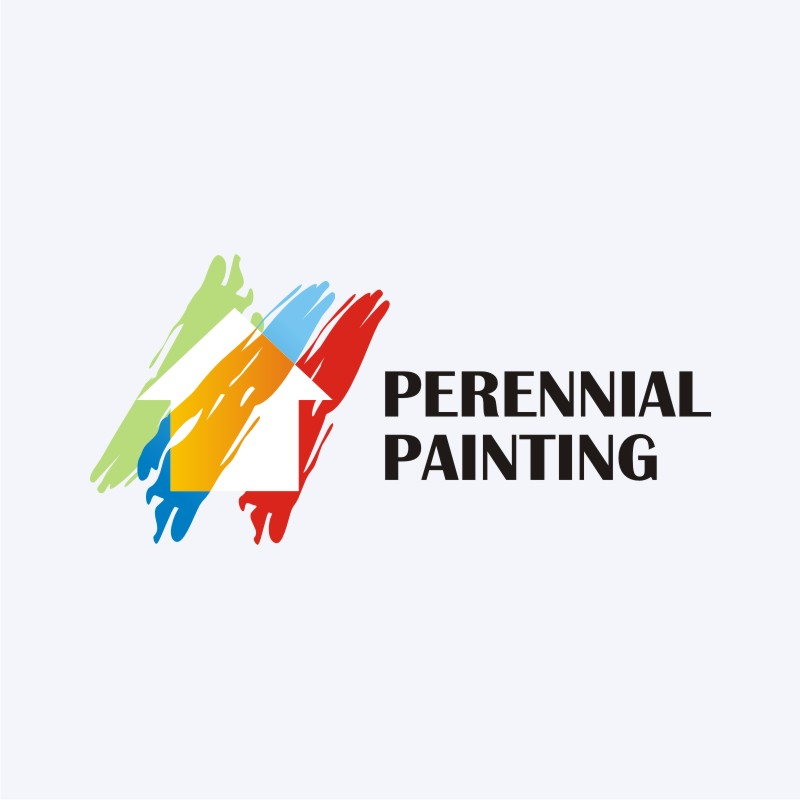Normal Errors Made During Wall Surface Painting And Tips For Avoiding Them
Normal Errors Made During Wall Surface Painting And Tips For Avoiding Them
Blog Article
Material Writer-Martinussen Korsgaard
When you're intending to repaint your walls, it's simple to ignore some key details that can make or break your project. You could assume picking any paint will certainly do, or that surface area preparation isn't necessary, but these choices can cause aggravating results. You'll want to avoid common mistakes like overloading your brush or hurrying the drying time between coats. Recognizing these blunders can conserve you time and effort, but there's even more to think about if you want a flawless finish that lasts. Let's discover what click here to investigate may be missing out on.
Picking the Wrong Paint
Choosing the appropriate paint is vital for accomplishing a smooth, expert finish on your wall surfaces. If you select the incorrect kind, you'll quickly find yourself encountering concerns like peeling, fading, or unequal shade.
Beginning by considering the paint's base. Water-based paints are excellent for very easy cleanup and fast drying out, while oil-based choices are optimal for sturdiness in high-traffic areas.
Next, consider garage door painting company . Matte finishes hide imperfections well however can be tough to clean. Satin or eggshell surfaces supply a balance in between visual appeals and washability, making them ideal for most areas.
For areas susceptible to dampness, like bathroom and kitchens, pick a semi-gloss or gloss paint, which stands up to mold and mold.
Do not neglect to examine the shade. Examination samples on your wall surfaces to see exactly how they look in various lights throughout the day. Illumination can substantially transform exactly how a shade appears, so this step is vital.
Avoiding Surface Area Prep Work
One of the largest mistakes home owners make is missing surface area preparation prior to painting. You may think you can simply grab a brush and beginning, however that'll cause a less-than-stellar coating. Proper prep is important for a smooth and lasting outcome.
First, analyze your walls for any type of flaws like fractures, openings, or peeling off paint. Loading those spaces with spackle or caulk makes certain an uniform surface area.
Don't forget to sand the area once it's completely dry, as this develops a better surface for the paint to stick to.
Next off, tidy your walls to remove dust, grease, and grime. An easy combination of soap and water can do marvels. If your walls are specifically unclean, take into consideration utilizing a degreaser.
Lastly, applying a guide is often ignored but can considerably enhance the end result, specifically if you're painting over a darker shade or a surface area that's been previously repainted.
An excellent guide enhances bond and helps cover any discolorations.
Improper Application Techniques
Using paint with the incorrect techniques can lead to unequal insurance coverage and a discouraging coating. One common error is using the wrong sort of brush or roller. Make sure you pick a device that suits the paint kind and the surface texture. For smooth wall surfaces, a fine-nap roller works best, while distinctive surface areas may require a thicker nap.
One more problem is applying too much paint simultaneously. Rather, apply thin, also coats. This not only avoids drips yet also ensures far better adhesion. If you discover runs, do not worry-- just take a brush and smooth them out right away.
Additionally, keep in mind to preserve a damp side. https://drive.google.com/drive/folders/1tSGwRXlUT4rNEV4K8CQG8CoHG84jrV5f?usp=drive_link suggests overlapping your strokes while the paint is still damp to stay clear of visible lines.
Lastly, stay clear of painting in direct sunlight or high moisture, as this can cause the paint to completely dry as well promptly, bring about blistering.
Conclusion
To sum it up, staying clear of usual painting blunders can make a huge difference in your project's end result. Constantly pick the appropriate paint for the work, never ever skip necessary surface preparation, and make use of proper application techniques to ensure a smooth finish. Take your time in between layers and don't overload your brushes or rollers. By complying with these ideas, you'll achieve a professional-looking outcome that you can be proud of in your house. Pleased painting!
